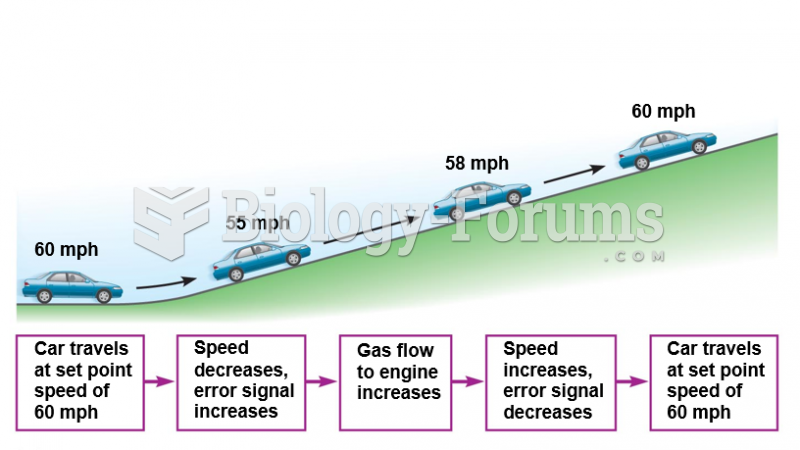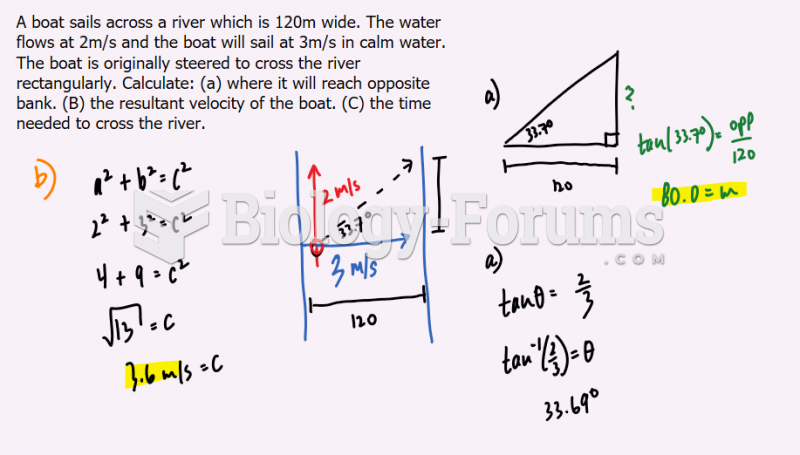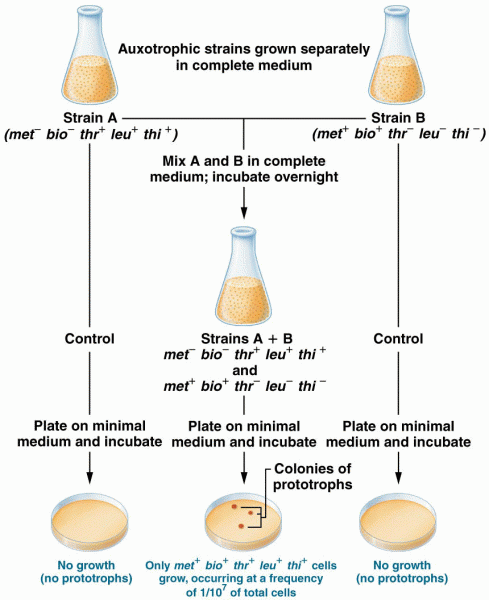This topic contains a solution. Click here to go to the answer
|
|
|
Did you know?
Medication errors are more common among seriously ill patients than with those with minor conditions.
Did you know?
Blood is approximately twice as thick as water because of the cells and other components found in it.
Did you know?
Illicit drug use costs the United States approximately $181 billion every year.
Did you know?
Medication errors are three times higher among children and infants than with adults.
Did you know?
The average human gut is home to perhaps 500 to 1,000 different species of bacteria.







